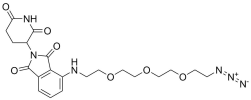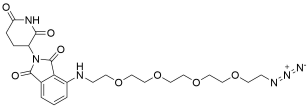Azide Linker and Azide PEG
Azide Linker and
Azide PEG are versatile tools for bioconjugation and click chemistry. They allow you to attach molecules quickly and efficiently.
Azide Linker
An azide linker features an azide group (-N3). This group reacts specifically with alkynes in click chemistry, forming stable triazole bonds. You can use it in drug development, diagnostics, and material science.
Azide PEG
Azide PEG combines a PEG backbone with a terminal azide. The PEG spacer boosts water solubility, reduces clumping, and adds flexibility. This improves the properties of the molecules you link together. Common uses include:
- Bioconjugation: Links proteins, peptides, and other biomolecules.
- Drug Delivery: Creates PEGylated drugs for better solubility and longer circulation.
- Click Chemistry: Forms stable bonds with alkyne-functionalized molecules.
- Surface Modification: Improves biocompatibility by attaching to surfaces.
Advantages
- High Efficiency: Click chemistry with azides works quickly and produces few by-products.
- Stable Bonds: The resulting triazole bonds stay stable under physiological conditions.
- Versatile Uses: Works with a wide range of molecules in research and therapeutic settings.
Product Options
- Various PEG Lengths: Available in mono and poly dispersed with different molecular weights like 1,000 Da, 2,000 Da, and 5,000 Da.
- Dual-Functional Azide PEG: Offers additional functional groups for complex conjugation.
Azide linkers and Azide PEG help you achieve precise and effective molecular conjugation, ideal for research, diagnostics, and drug development.
































































































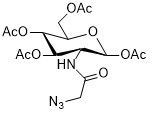
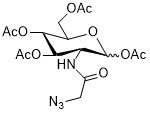

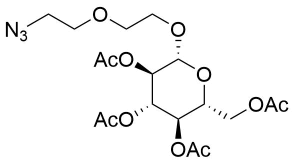


















































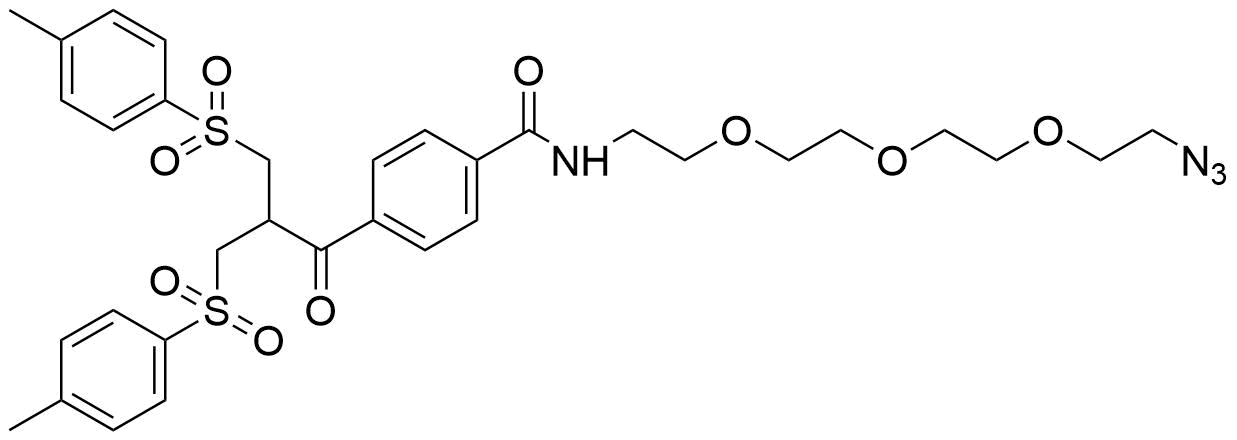
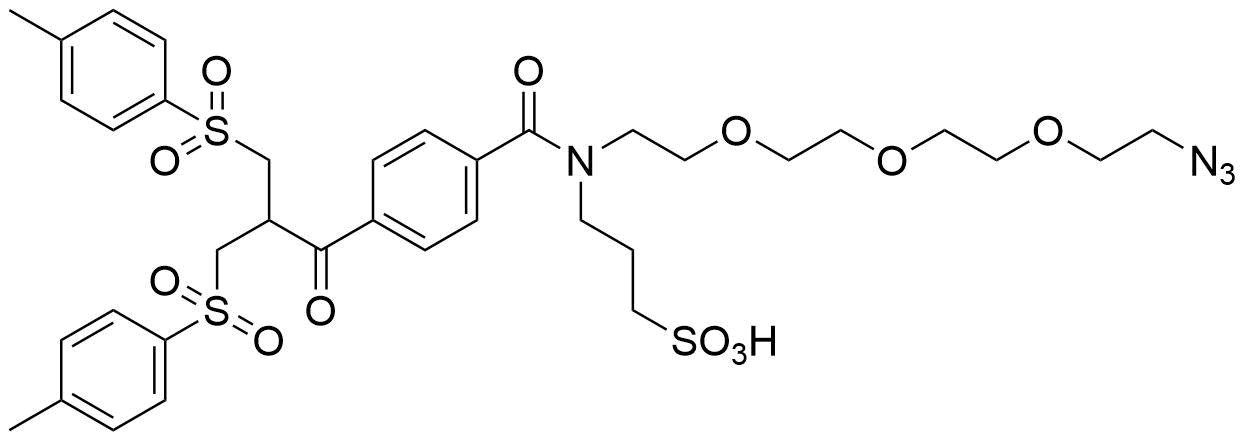













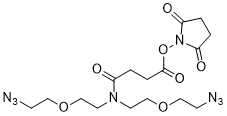



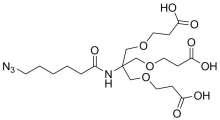






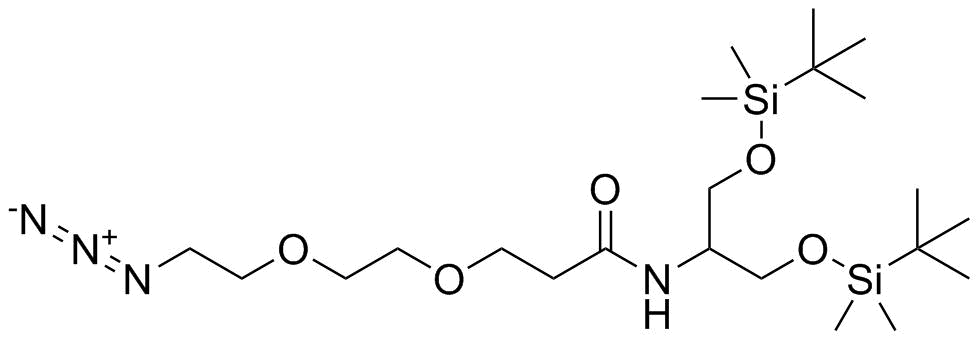

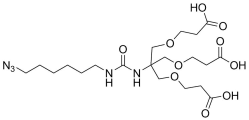













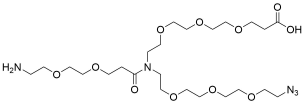




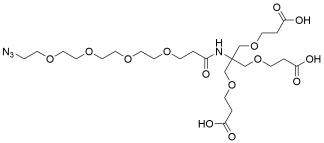






















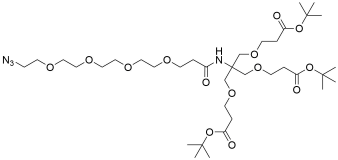















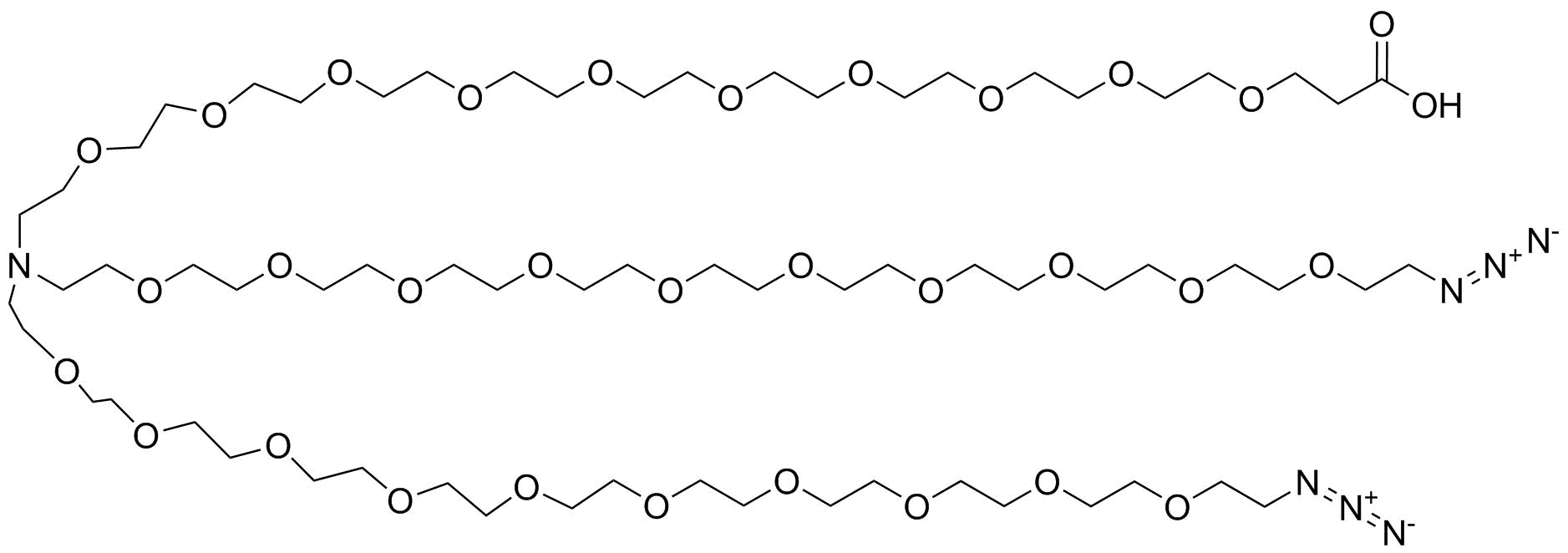



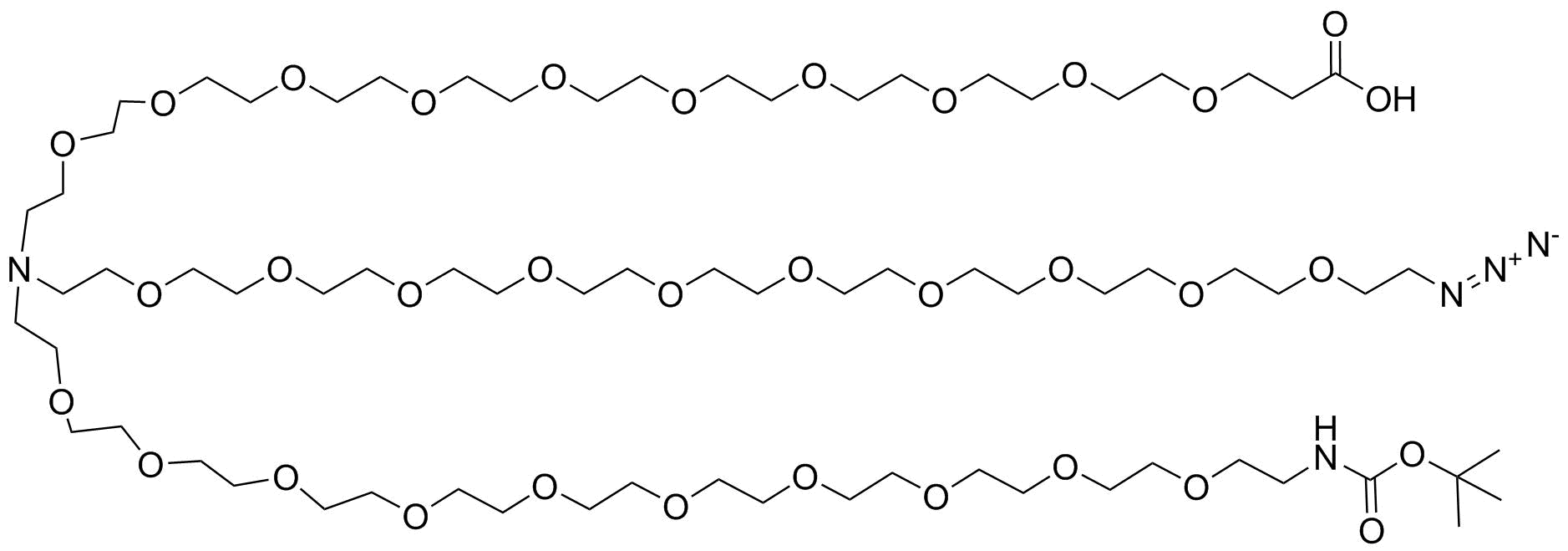
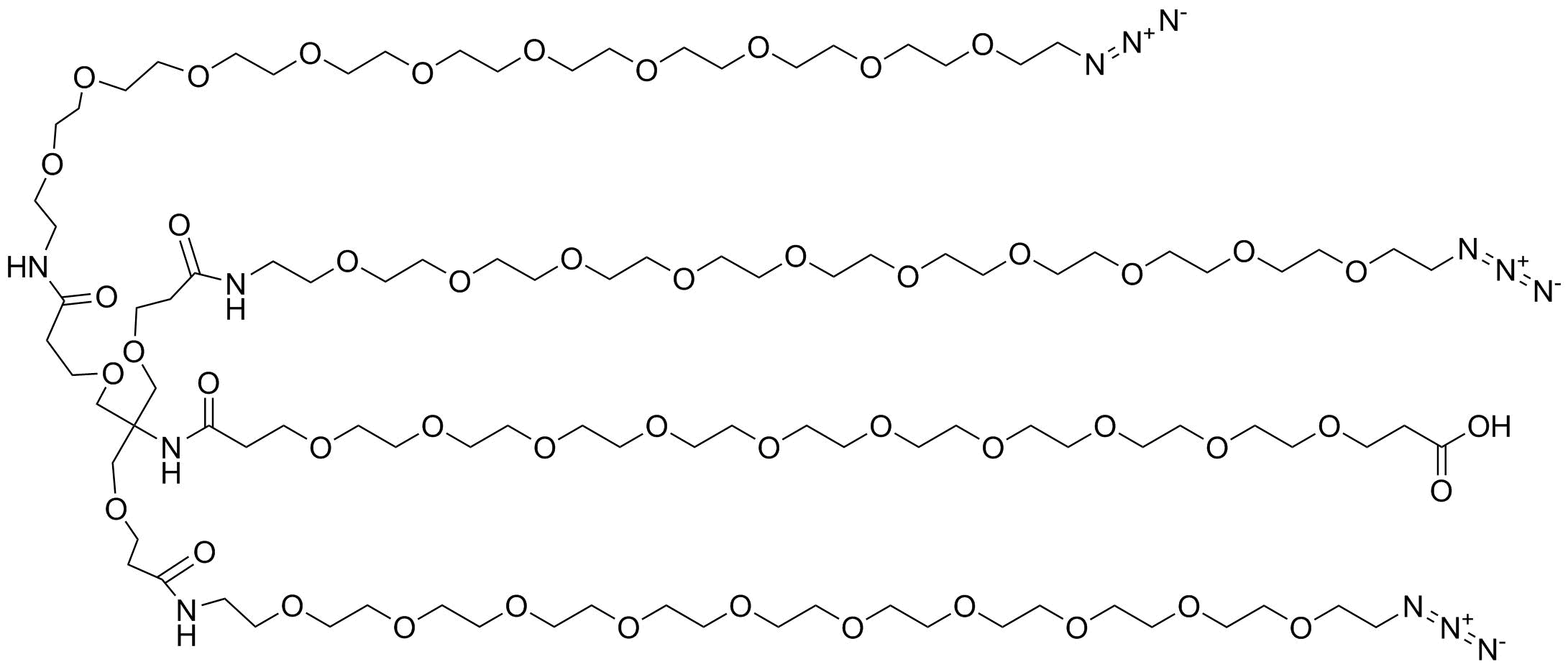


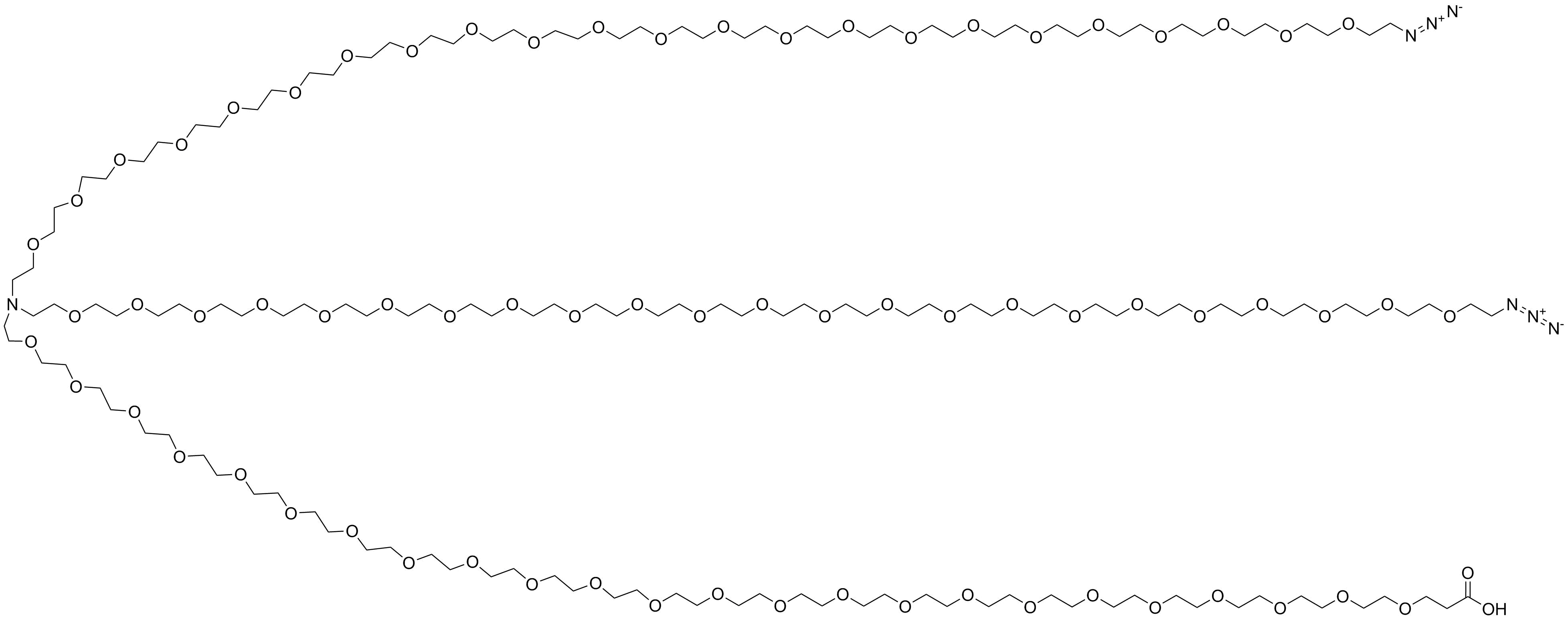


















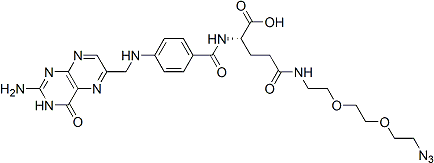
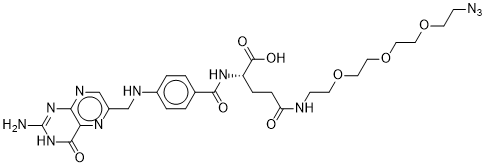

































![Azido-PEG11-[4-(5-(1-hydroxyethyl)-2-methoxy-4-nitrophenoxy)-butanamide]](https://e1752fbe.rocketcdn.me/wp-content/uploads/AP11598.png)






